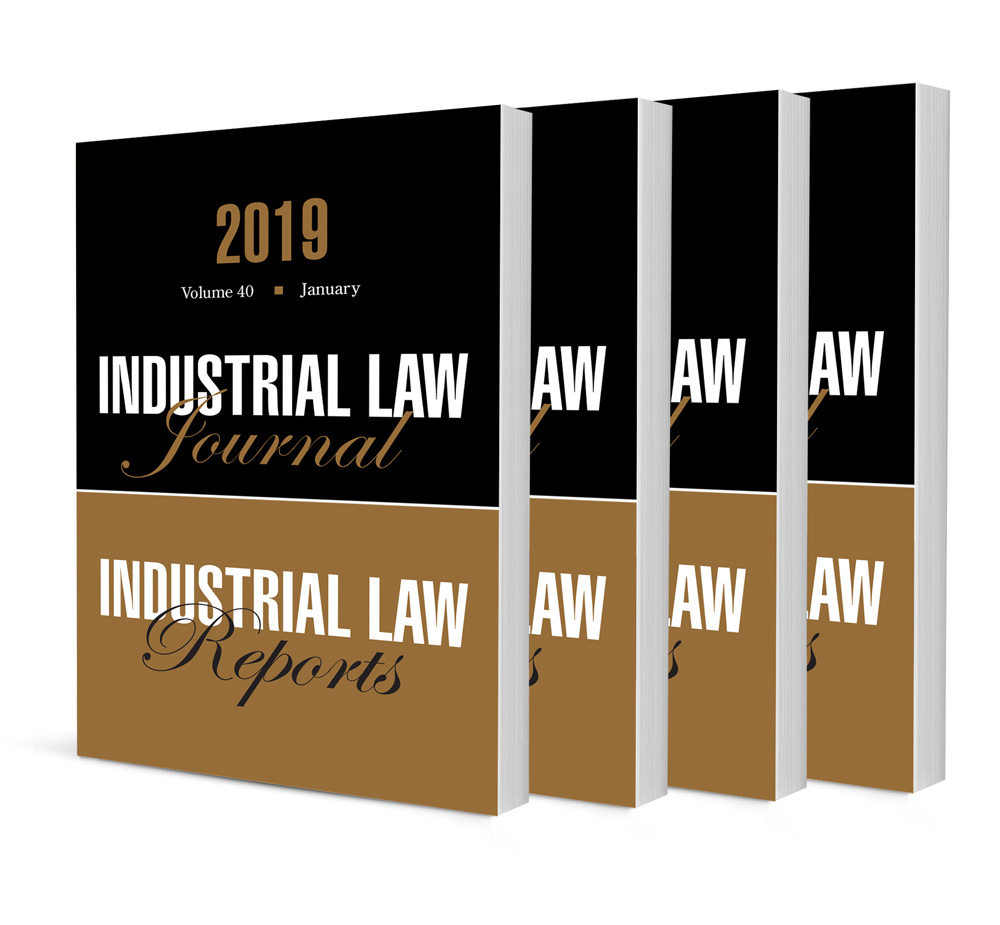Towards Legal Regulation of Platform Work: Theory and Practice

Towards Legal Regulation of Platform Work: Theory and Practice
Authors Darcy du Toit, Sandra Fredman & Mark Graham
ISSN: 2413-9874
Affiliations: Emeritus Professor and Coordinator, Labour Law 4.0 niche area, University of the Western Cape; Rhodes Professor of the Laws of the British Commonwealth and the USA, University of Oxford; Professor of Internet Geography, Oxford Internet Institute, University of Oxford
Source: Industrial Law Journal, Volume 41 Issue 3, 2020, p. 1493 – 1523
Abstract
Digital platform work, while playing an increasingly important part in low- as well as high-income countries, is characterised by an absence of effective labour regulation. In particular, the norm is for workers to be classified as ‘independent contractors’, thus placing them beyond the ambit of labour legislation. The article, based on interactive research by the Fairwork project,2 examines ways of protecting workers’ basic rights in this environment. This is seen as part of the long-standing effort to include non-standard workers within the framework of labour legislation. However, the premise is that dedicated regulation rather than a simple extension of existing labour rights is required. The article starts by considering the category of dependent ‘workers’ who are deserving of such protection over and above ‘employees’, while excluding genuinely independent entrepreneurs. It then uses five standards of decent work developed by the Fairwork project (fair earnings, fair conditions, fair contracts, fair management and fair representation) as a basis for working out forms of regulation that would bring about the effective protection of workers’ rights. While reputational pressure exerted by Fairwork’s rating system provides a critical impetus for improvement, it is argued that binding legal rules are needed to prevent exploitation by platforms that reject voluntary compliance. It concludes by considering the practical prospects of implementing legislative reform, and the importance of generating the political will to do so on the part of policy-makers, with reference to the precedent of the enactment of labour legislation during the first and second industrial revolutions.